|
No matter how the pandemic has affected people individually, I haven’t run into anyone who’s not ready for this all to end. I suspect that’s why University of Michigan historian J. Alexander Navarro’s article on the 1918 flu pandemic became our most-read article this year. Spoiler: It wasn’t a great idea a century ago to ease up on control measures too soon.
Our next-most-read article is one I imagine especially appealed to people emerging from pandemic bubbles to venture out to new places or spots they hadn’t been in a while. Carlo Ratti, who studies urban environments and human behavior, described his discovery that you’re probably not taking the shortest route when you walk through a city, thanks to human evolution.
And rounding out our top three, from University of Tennessee veterinarian Julia Albright, is an explanation of one of the most distinctive – and cozy – cat behaviors. For our Curious Kids series, she answers the question why our feline friends knead with their paws. I have a hunch why this one was popular – cats on the internet!
Read on for a handful of additional articles selected by the four editors who work on our Science + Technology desk. From an introduction to the metaverse and your legal protection if space junk falls on you, to bat baby talk and mapping billions of brain cells, our coverage has run the gamut this year. And we’ll be back at it in 2022. Thanks for reading!
|

Armistice Day celebrations on Nov. 11, 1918, worried public health experts as people crowded together in cities across the U.S.
AP Photo
J. Alexander Navarro, University of Michigan
Americans were tired of social distancing and mask-wearing. At the first hint the virus was receding, people pushed to get life back to normal. Unfortunately another surge of the disease followed.
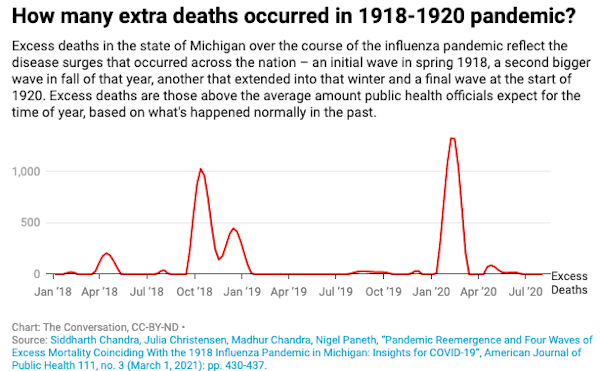
|
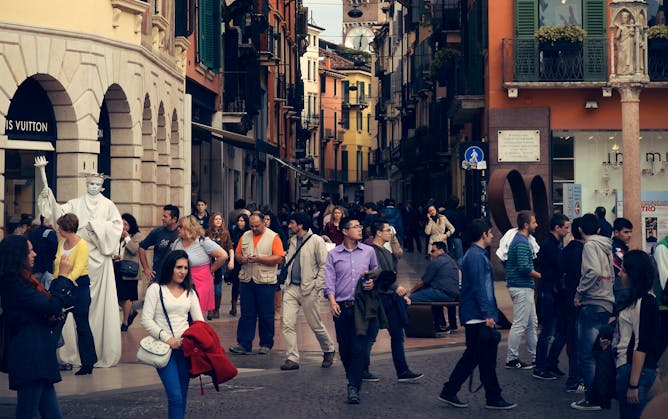
People navigate cities in much the same way animals navigate their environments.
Max Böhme/Unsplash
Carlo Ratti, Massachusetts Institute of Technology (MIT)
As you’re walking through city streets on your way to work, school or appointments, you probably feel like you’re taking the most efficient route. Thanks to evolution, you’re probably not.
|
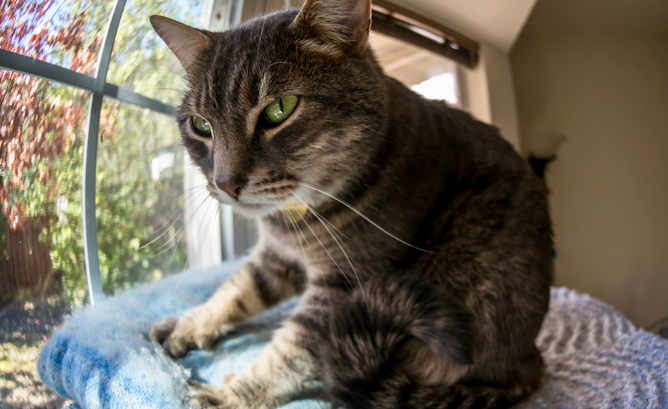
A behavior from kittenhood persists in many adult cats.
Byron Chin/flickr
Julia Albright, University of Tennessee
According to a veterinarian, the behavior some people call ‘kneading the dough’ or ‘making biscuits’ is a clue your cat feels comfortable around you.
|

Are these people interacting in some virtual world?
Lucrezia Carnelos/Unsplash
Rabindra Ratan, Michigan State University; Yiming Lei, Michigan State University
The metaverse is science fiction, but a lot of people in Silicon Valley are working to make this interconnected virtual reality a, well, reality.
|

It’s unlikely falling space junk will destroy property or kill a person.
Petrovich9/iStock via Getty Images
Timiebi Aganaba, Arizona State University
Chances are small that space junk will destroy property or harm a person, and existing space law could deal with such an event. But current law doesn’t address the bigger problem of space pollution.
|
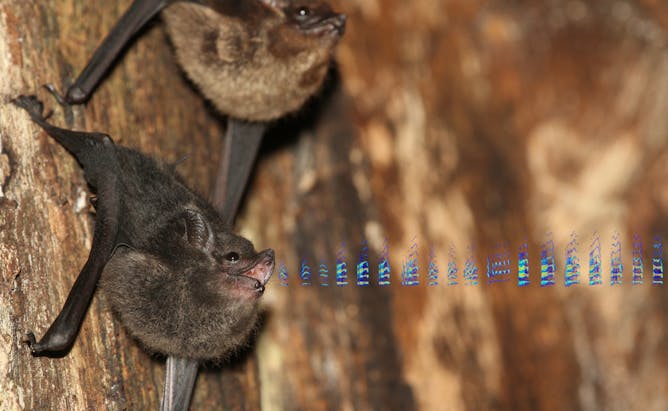
A babbling pup produces distinct syllables, visualized in this composite image.
Michael Stifter and Ahana Fernandez
Ahana Aurora Fernandez, Museum für Naturkunde, Berlin
Vocal imitation is a key part of how humans learn to speak. New research shows that bats babble to learn and use baby talk to teach, just like people do.
|
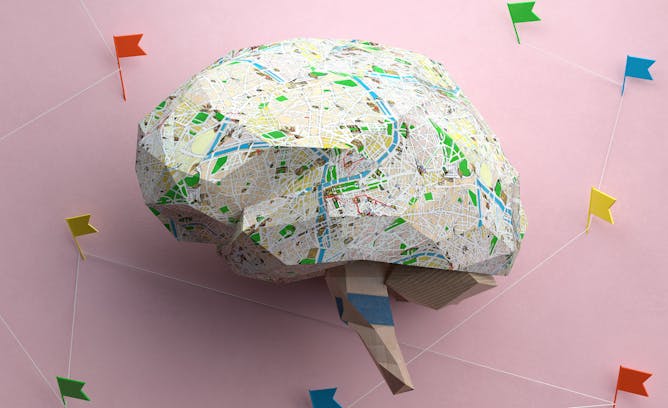
Research groups supported by the U.S. BRAIN Initiative recently released the most comprehensive map of cell types in the motor cortex of humans, monkeys and mice.
Andriy Onufriyenko/Moment via Getty Images
Yongsoo Kim, Penn State
Scientists have been mapping the brain for centuries. New visualization tools bring them one step closer to understanding where thoughts come from and new ways to treat neurological disorders.
|